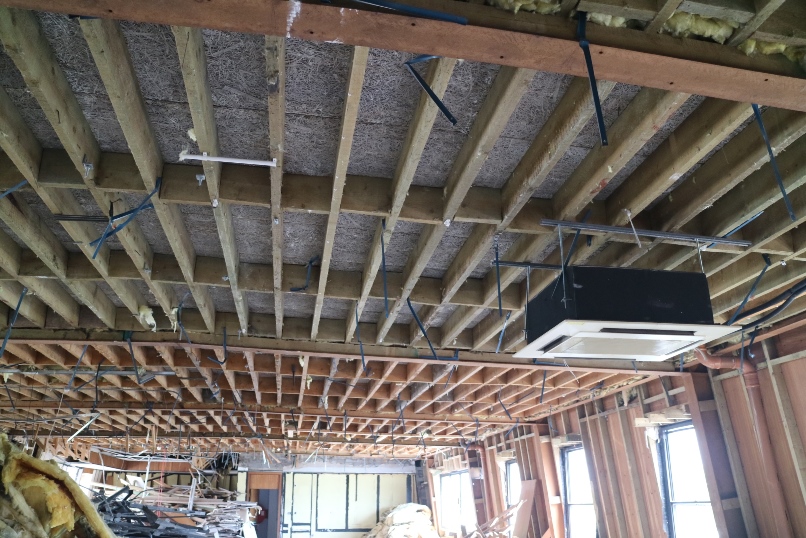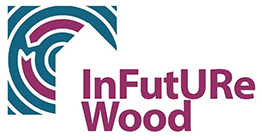Product Design Using Recovered Timber

The aim of this work package is to develop new ways to reuse and recycle timber and engineered wood products from demolition, especially as construction products.
A wide range of timber products and qualities can be recovered from demolition and deconstruction, but not all of them will be suitable for the same kind of new products. As the properties of this recovered timber will be evaluated in WP5, the properties requirement for recycled products will be defined in order to coordinate the evaluation with WP5. Furthermore, potential for minor species and timber from undermanaged forests will also be explored as a supplement to recovered wood.
The tasks are:
T3.1 Specification of timber properties requirements for products:
Identify the typical range of timber products obtained nowadays from demolition and their current reuse. Develop a classification system for recovered timber and identify percentages of wood suitable for different products (from construction uses to biofuel). Issues associated with this recovered timber that would complicate the recycling will be identified (adhesive, chemical treatments, fungal attacks, mechanical artefacts). Establish the properties necessary for recycled products and coordinate with WP5 in order to properly evaluate these properties.
T3.2 Recycling timber in new mass timber products (e.g. CLT, Glulam):
Identify which range of products has potential, working together with companies that manufacture products and carrying out market assessment. Selected products will be investigated further in a number of steps: (i) Preparation of recovered timber for new products (remove adhesives, clean and saw the timber), (ii) Design and manufacture potential new mass timber products from recovered timber or recovered mix with new timber, (iii) Evaluation of these products with laboratory testing (non-destructive and destructive testing), and (iv) Quantification of energy and material consumption associated with product fabrication.
T3.3 Design products from new timber optimised for improved end of life deconstruction potential:
Currently, engineered wood products used in construction are not optimised for end of life reuse and recycling. This Task will (i) Identify issues that complicate the recovery, reuse and recycling of timber from demolition, (ii) Design alternative manufactured products and construction methods, to avoid these issues and optimize the future timber recovered. (e.g, one of the main problems recovering timber are adhesives), (iii) Undertake an environmental and economical evaluation of these products.
T3.4 Develop traceability protocols for new products:
Information that should remain with the product over its life, such as origin, grading system, chemical treatments etc. The lack of information on the recovered timber products hinders their reuse in new products. Information that should remain with the products over their lifetime to facilitate optimum recovery and reuse in the future could include, inter alia, species, origin, grading system, chemical or heat treatments and recommendations on optimum recovery approaches. Practical methods of traceability over a products’ extended lifecycle will be investigated.


